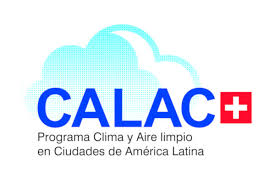Analysis of the economic and environmental impact of migration to EURO 6/VI emission standards in Peru
According to the 2016 emissions inventory, the mobile source sector is the largest emitter of particulate matter and its precursors. In addition, the transport sector has increased by a factor of 2.58 between 2000 and 2018. Given the sustained growth of this sector, mechanisms to reduce vehicle emissions must be examined to ensure that air quality levels in Lima and Callao improve over time.
This report assesses the introduction of the Euro 6 emission standard for light-duty vehicles and Euro VI for heavy-duty vehicles, hereafter referred to generically as the Euro 6/VI standard. Among the costs for implementing the new standard, the cost-benefit analysis considers the investment and maintenance costs associated with the technological improvements required to comply with the Euro 6/VI standard, as well as sulphur removal costs, and those associated with the use of AUS 32 (automotive aqueous urea solution), commonly known as AdBlue. Quantified benefits include premature mortality avoided, fuel consumption savings due to improved Euro 6/VI vehicle efficiency and CO2 emission costs avoided. Additionally, other health metrics are reported: Disability Adjusted Life Years (DALYs), Years of Life Lost (YLL) and Years Lived with Disability (YLD).
As a digital annex to the report, an Excel spreadsheet is included containing the analysis estimates and user-modifiable parameters for evaluating scenarios in addition to those presented in this report. This spreadsheet will be hereinafter referred to as “attached spreadsheet”.
The assessment assumptions are summarised in the table below.
